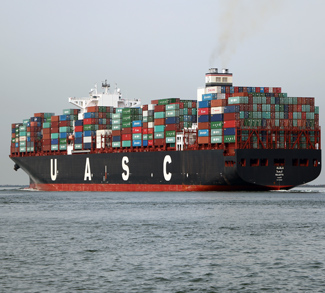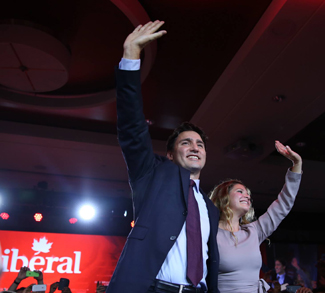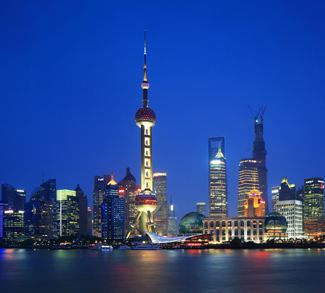Summary
Canada Prime Minister Justin Trudeau will embark on a week-long tour of China this week, covering Beijing, Shanghai, Hong Kong, and ending in Hangzhou for the G20 summit. The trip will mark Trudeau’s first try at the diplomatic tightrope of balancing China’s growing economic and security clout with the negative perceptions of many of his countrymen, particularly with regards to China’s human rights record.
Canada-China relations do appear ripe for a breakthrough after many years of ambivalence from the Harper administration. But it remains to be seen though whether or not Justin Trudeau has the same vision his father had with regards to China’s place in the world. One way or another, Trudeau’s visit will help set the tone for one of Canada’s key bilateral relationships – and one that has long been neglected.
Background
China is Canada’s second-largest trading partner, and two-way trade between the two countries is worth $85 billion. For the United States, Canada’s largest trading partner, this number is approx. $760 billion. This gap reflects the disparity and neglect of the present, but speaks nothing of the huge potential of new trade opportunities with China. Canada and the United States enjoy a close historical, cultural, and trade relationship, one that’s institutionally anchored in NAFTA. Canada’s trade with China is far, far less evolved, and Canadian officials will be seeking to boost it during Trudeau’s visit next week.
The trip will have some personal significance for the prime minister, whose father, former prime minister Pierre Trudeau, fought hard to normalize relations with the People’s Republic of China before the landmark Kissinger visit of 1971. Trudeau the senior also had his own close personal ties to China, visiting the country in 1949 and 1960, and then co-authoring a book on his experiences entitled Two Innocents in Red China.




